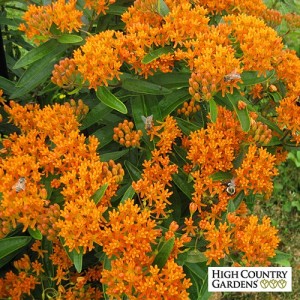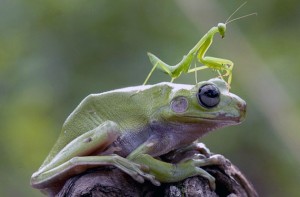Greetings and Salutations;
The bees in America have a lot of stresses that are causing them to die off. Needless to say, this is a Bad Thing, because something like 30% of the crops in America and 90% of the wild-flowers are pollinated by these insects. The main focus for the past years has been the way that neonicotinoid pesticides have weakened the bees to the point that they die as they fly out to collect nectar, or, are unable to fight off the parasites and viruses that can infest them. The good news is that the Feds have put a hold on the use of neonicotinoid pesticides until further studies can be done. However, there is one factor that has received very little attention, and that is the loss of habitat. One of the great sources of fresh blood for apiaries are the wild bees that congregate out in the woods. Well, the changes in climate and the destruction of forests that have plagued the United States over the past few decades have cut down quite a bit on the number of places that bee colonies can survive and prosper. The White House is quite aware of these issues, and has, recently, released a plan to help deal with some of these, and, with luck, the current loss of hives will slow, and perhaps even reverse. Here is a link to the NPR story dealing with this.
In the spirit of thinking globally, but, acting locally, what can we do to help the bees? I have some suggestions.
If you have an open area (a lawn, or field, for example), plant bee and butterfly friendly wild-flowers in as much of it as you can. Not only will this add beauty to your environment, but, it will provide a source of food for bees and butterflies. I, for one, like Butterfly Weed, but, there are a number of options. Here is an excellent source of information
Note that many of these flowers are perennials and so once you get them started, they will return every year with no effort on your part. Also, they will keep producing blooms for most of the Summer.
Consider adding a small water feature to your yard…say, a fountain, or a waterfall into a rock-filled pond. This will go a long way towards giving the insects an important source of water, and, by running a pump, the water movement will ensure that it will not be a mosquito breeding ground.
small water feature to your yard…say, a fountain, or a waterfall into a rock-filled pond. This will go a long way towards giving the insects an important source of water, and, by running a pump, the water movement will ensure that it will not be a mosquito breeding ground.
 small water feature to your yard…say, a fountain, or a waterfall into a rock-filled pond. This will go a long way towards giving the insects an important source of water, and, by running a pump, the water movement will ensure that it will not be a mosquito breeding ground.
small water feature to your yard…say, a fountain, or a waterfall into a rock-filled pond. This will go a long way towards giving the insects an important source of water, and, by running a pump, the water movement will ensure that it will not be a mosquito breeding ground. If you feel it is necessary to spray pesticides around the outside of your house, try and use “more friendly” ones (the previous link has some suggestions). I, though, would recommend that you consider adding Preying Mantises to the eco-system. They are great little creatures, and do an excellent job of eliminating other insects. They are also self-sustaining
Pleasant Dreams
Bee Man Dave

